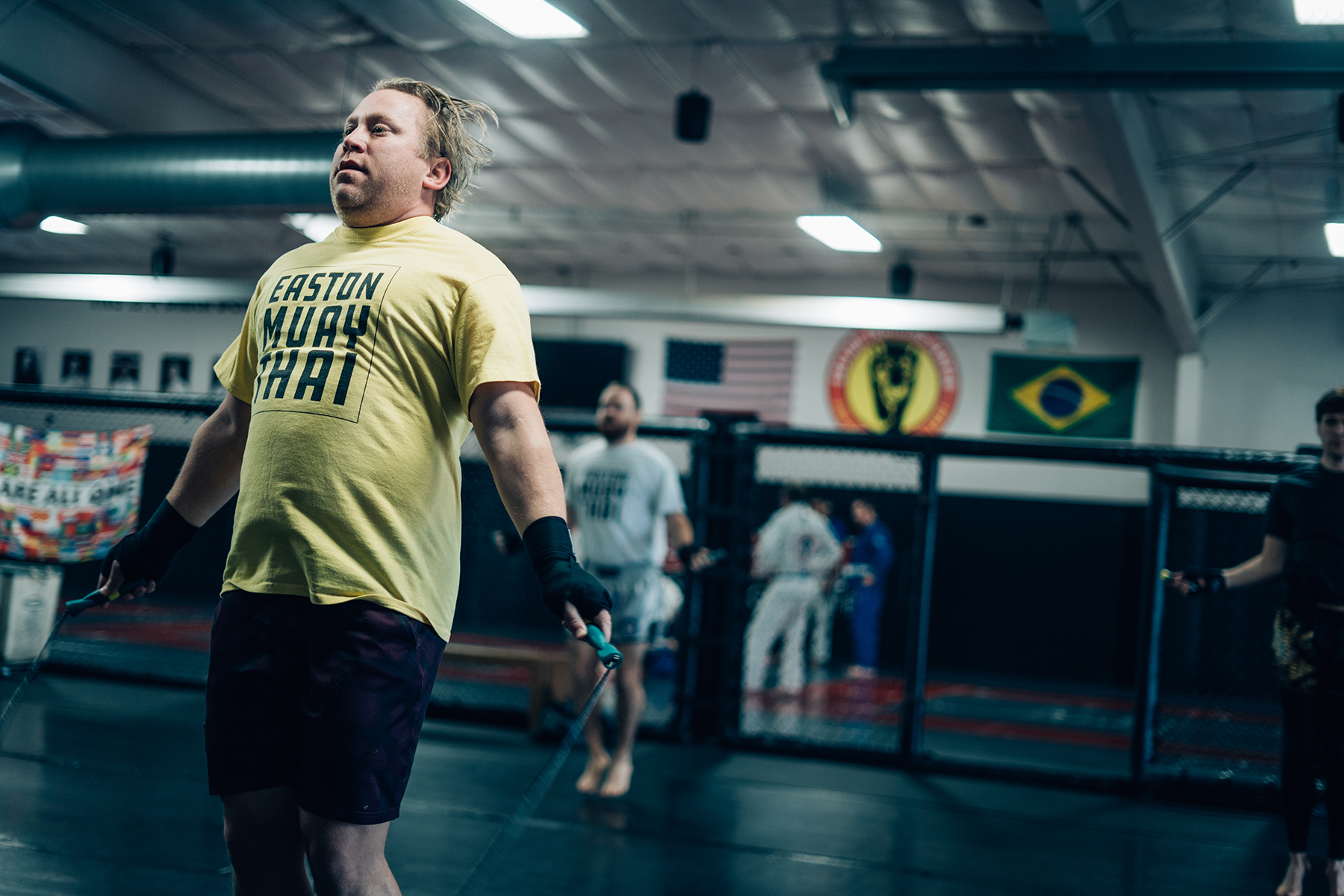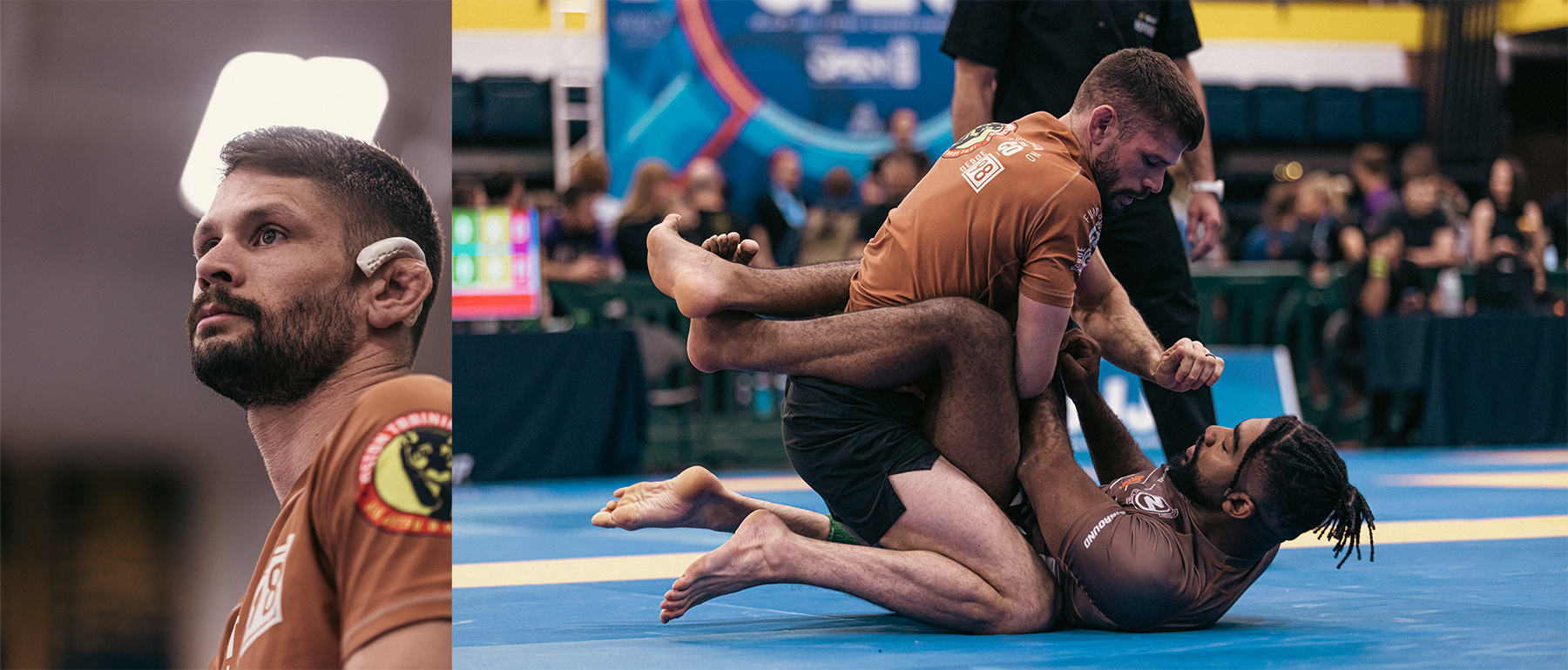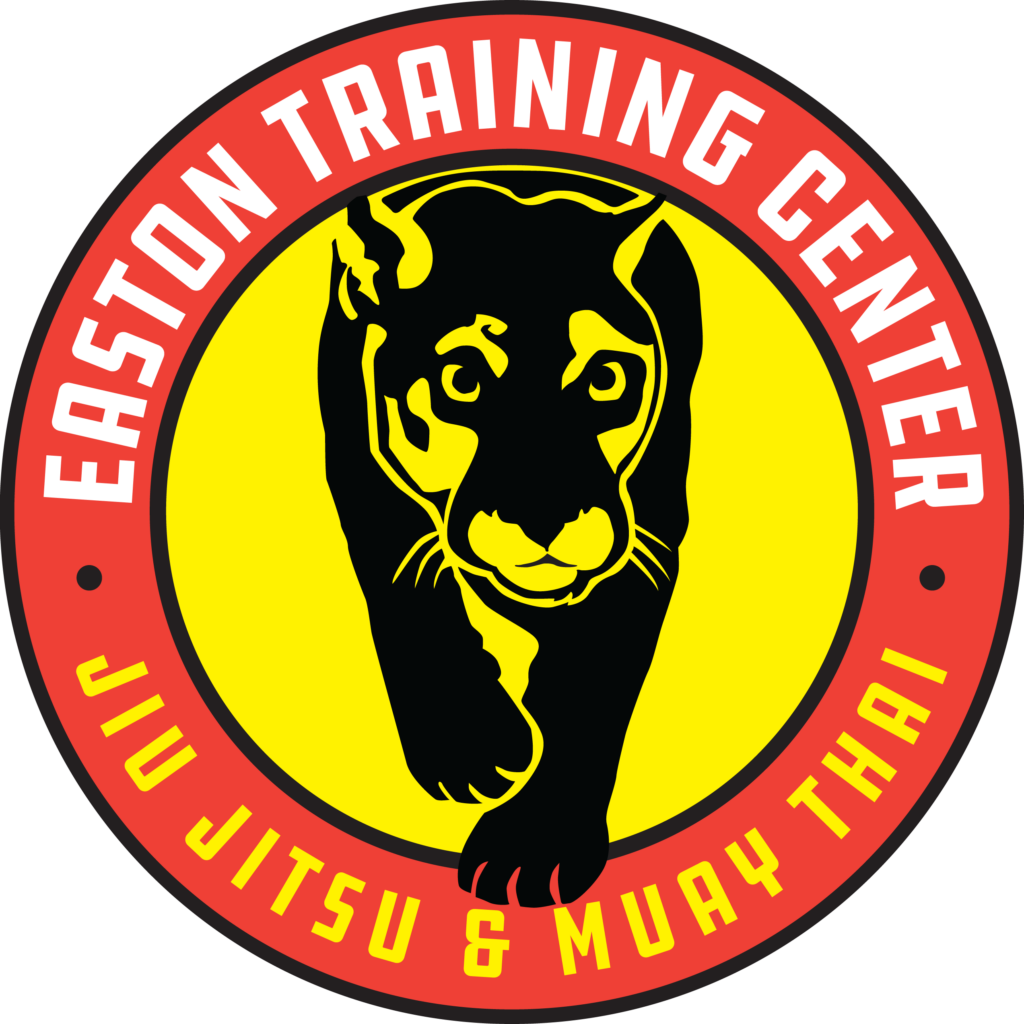Amid the things you can do to speed up recovery, like eating well, staying hydrated and getting a good night’s sleep, active recovery stands out as one of the most effective and versatile ways to promote healing, reduce muscle soreness, and enhance overall recuperation.
First, let’s identify where “active recovery” falls on the spectrum of movement and recovery.
More recovery-based than higher intensity activities which may push you mentally or physically, but not as gentle as passive recovery (minimal activity) or complete rest, active recovery gives your body a necessary bridge between high-impact activities and stillness.
Not to be confused with active rest days, where you take a break from regular training in lieu of a lower-impact activity, active recovery refers to an intentional, lower-intensity workout session that directly follows a more intense training regimen.
A concept commonly practiced in sports and exercise to aid in the recovery process after intense physical activity, active recovery uses low-intensity exercise as a proactive approach to recovery.
[Training Hard? 6 Ways To Recover]
Compared to complete rest, or even passive recovery, active recovery requires your participation to promote healing, reduce muscle soreness and enhance overall recovery.
This step ultimately makes it easier to return to full training or competition sooner, whereas with complete rest, you may not actively address muscle soreness or stiffness and it could take longer to dissipate naturally.
Focused active recovery stimulates blood flow, which helps in the removal of metabolic byproducts (like lactic acid) that accumulate during intense exercise. The gentle movement helps to prevent stiffness – potentially minimizing discomfort associated with delayed onset muscle soreness (DOMS) after a challenging workout.
Examples of active recovery activities include light jogging, cycling, swimming, or dynamic stretching.

The benefits of active recovery
If your fitness practice includes setting goals and tracking progress, you probably train on a progressive method. Rather than doing the same exercise circuits repeatedly, you ramp up the intensity of your training over the course of a few days or weeks by increasing the weight lifted, the duration of exercise, the focus muscle group or the overall intensity of your workouts progressively.
When you’re focusing your body and habits at that fine-tuned level, doing anything you can to increase your resilience and make your efforts effective can really amplify your results.
Post-training time becomes just as important as go-time as you recoup, focus on healing and body awareness, set intentions and gear yourself up for your next goal.

While you may already implement low-impact activities like yoga or walking into your fitness routine, adding in some active recovery can help you get even more out of both your training days!
As you build your training routine and ramp up your intensity over the course of days or weeks, working some active recovery into your sequence becomes one of the best ways to make sure that your transitions remain fluid, supported and as painless as possible.
In addition to reducing muscle soreness and stiffness through gentle movement and stretching, active recovery can also reduce the risk of injury by helping increase your range of motion and improving joint mobility and flexibility. It also provides some mental relaxation as it offers a mental break from intense training and competition.
Along with dynamic stretching, try foam rolling, light resistance training, and mobility exercises!
[4 Stretches To Try On Your Next Rest Day]
Add in some breaks
If you’re curious about adapting a progressive training method into your own fitness routine, along with employing active recovery, you might also benefit from intentionally adding in rest days or active rest days to optimize your recovery work.
Rest doesn’t have to mean a total break. Depending on what your body needs, even a rest day can include an hour of slow, delicious movement through your neck, spine and hips, or a short jog around the block.
As long as you’re mindfully letting your foot off the accelerator, you can tailor your active recovery day to follow your body’s lead.

Whereas on peak training days, the idea becomes to push yourself and capitalize on the momentum you’ve gathered on the upslope of your training curve, rest days exist to actively give yourself the recovery you need.
Don’t push yourself; listen to your body. If stillness feels more natural for your body to sink into, let yourself experience it fully and focus on your breathing. Trust that the work you’re doing with active recovery after training has provided your body with enough mobility care to take some rest.
If you consider yourself moderately active, you may work out three to five times a week. Typically, as long as you’re getting some movement in, staying active and benefiting your mental health state – that’s great.
Your movement days likely prioritize the visceral state of simply experiencing your body to “achieving” a goal, and may even look like a highly active person’s active recovery.
While it still serves to stay mindful of your sleep and eating habits in order to maintain your routine, you might not find tracking it as useful as someone at a higher activity threshold looking to optimize performance or achieve specific fitness goals.
The main idea – whether you’re focusing on active recovery after training or a rest day – nests in the intentional way you approach both. The worst thing you can do is completely ignore your body.
Make sure you stay intentional about what you do, and how you treat your body – especially if you’ve been regulating it on a training regimen that includes both intense workouts and active recovery.
Just because you’re not “on” doesn’t mean you stop focusing on how your actions and choices affect your body and your health. That becomes like eating really well every other day and on the days in between, binging on sugar.
However, in this scenario, the “binging on sugar” part equates to simply not considering your body on your off days.
Take the day, stretch and play, but make sure you’re checking in and seeing how it feels in there. You never want to go from fully on to fully off, the way you regulate your body’s energy output and recuperation will make a difference in how you show up on your strongest days!
[The Best Stretches For Muay Thai]







